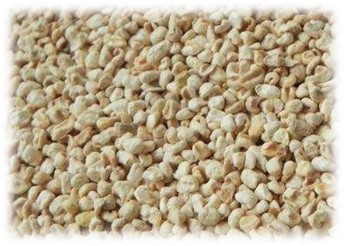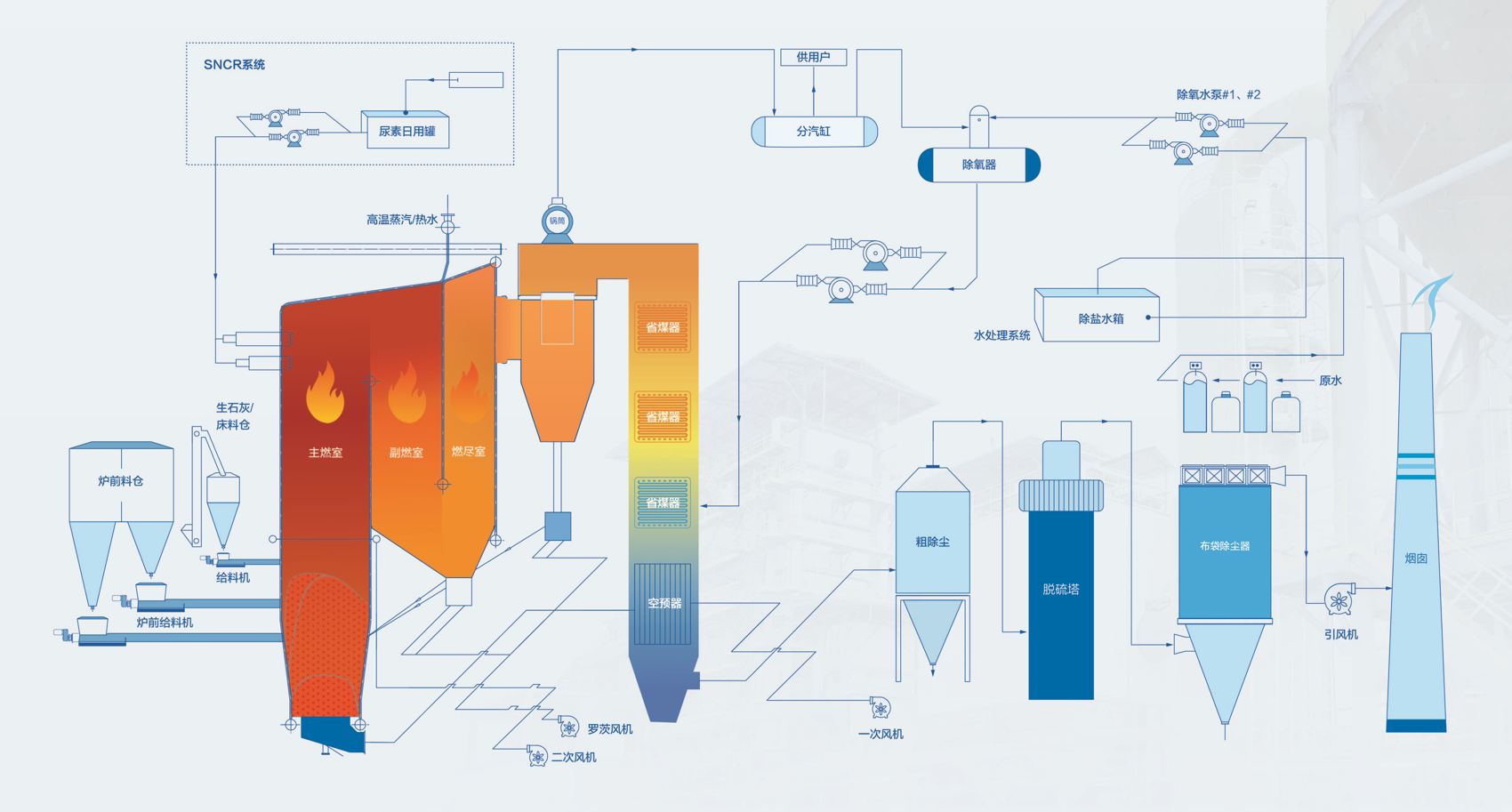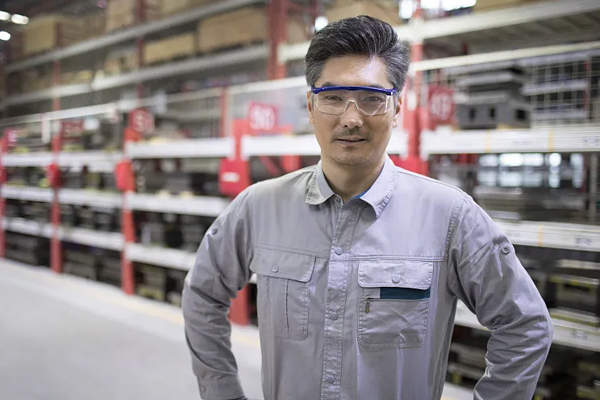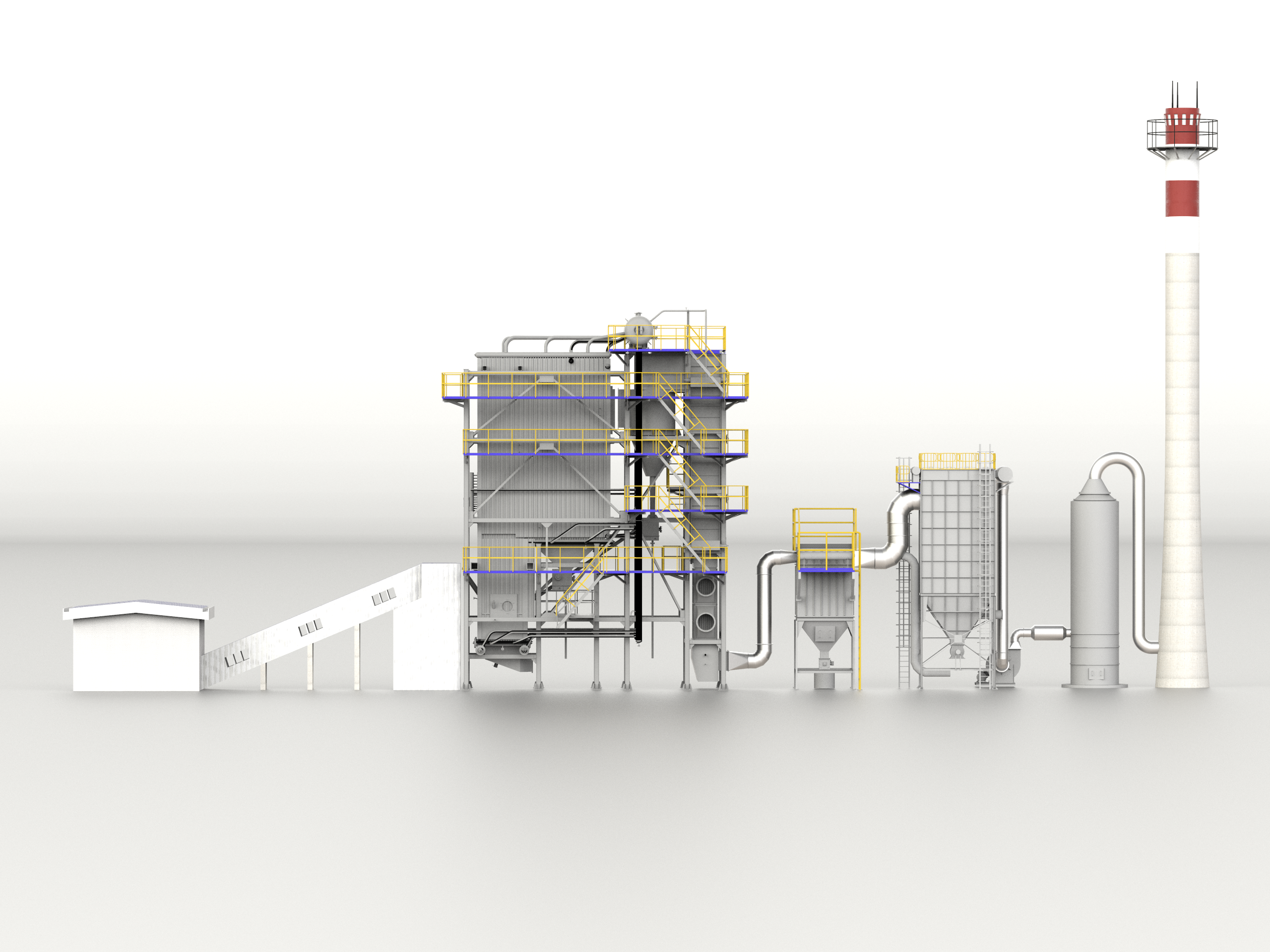
About Furfural and Furfural Residue
Furfural, also known as 2-furan formaldehyde, is a derivative of furan where the hydrogen atom at position 2 is replaced by an aldehyde group. China is the world's most important producer and exporter of furfural, with a global market share of approximately 70%. The raw materials for preparing furfural include plant fiber materials such as corn cob, sugarcane bagasse, and agricultural and forestry waste. During the production of furfural, residual cellulose, lignin, humic acid, and other materials form furfural residue. Each ton of furfural produced will discharge 12-15 tons of furfural residue and China's annual production of furfural residue reaches over 3 million tons. As a combustible industrial solid waste with biomass properties, furfural residue can be used as fuel and has gradually become an important form of efficient and large-scale utilization.


Industry Pain Points in Demand Background
The current situation of furfural residue fired boilers: with an evaporation capacity of 15-50t/h, mainly consisting of chain grate boilers, they mainly face the following problems:
1. Environmental protection fails to meet standards
2. The single operation period is short, only 20 days. To meet the production cycle of furfural products, there must be a backup boiler
3. It is impossible to achieve pure combustion of furfural residue and coal or other high calorific value fuels (biomass particles, wood chips, etc.) need to be added during the combustion process.
4. Low combustion efficiency, about 75%

01

Ultra-wide Fuel Applicability Solid fuels with a calorific value range of 6.3-25.0MJ/kg are suitable. It can satisfy the pure or mixed burning of agricultural and forestry waste and biomass industrial waste, balanced operational efficiency, achieving clean and efficient operation within the load range of 30% -110%.

02

Ultra-high Thermal Efficiency The actual operating thermal efficiency is 88-92%, which is about 20 percentage points higher than conventional small and medium-sized industrial boilers. The energy-saving effect is significant.

03

Long Equipment Operation Period and Less Maintenance Cycle The annual operating hours exceed 8000 hours, and a single furnace has been continuously running for 225 days without shutoff. The two-stage separation of materials at high temperature and medium temperature has strong resistance to ash accumulation and slagging, making it more suitable for biomass fuels with low ash melting points. The maintenance cycle is extended and the maintenance cost is low.

04

Ultra-low Environmental Protection Operation Investment Low temperature combustion and staged air distribution can reduce the initial emission of nitrogen oxides from about 500 mg/m3mg/m3 to less than 100 mg/m3, and the SNCR method can achieve an ultra-low emission target of 50 mg/m3.

| Serial number | Project | Emission indicators of this product | National standard limit GB13271-2014 | |||
|---|---|---|---|---|---|---|
| 1 | Smoke and dust concentration (mg/m3) | 15.1 | 50 | |||
| 2 | Sulfur dioxide (mg/m3) | 22 | 300 | |||
| 3 | Nitrogen oxides (mg/m3) | 37 | 300 |




Through the energy-saving and clean combustion technology of industrial boilers, we have successfully reduced the emissions of coal-fired pollutants and promoted the industrialization of energy-saving, environmental protection technology and equipment in the industry.
“
”



Recommendation of the First Major Technical Equipment in the Energy Sector of Beijing
Recommendation of the First (Set) Major Technical Equipment in the Third Batch of Energy Field by the National Energy Administration
“
”


As a provider of solutions for small and medium-sized boilers, Nowva Energy has been committed to turning "good technology" into "good products" since its establishment. "Developing new boilers and providing one-stop services for users to solve pain points and difficulties in using heat" has become the core competitiveness of Nowva Energy.
“
”




Please contact us if needed.
 Contact Us
Contact Us

400 000 5570